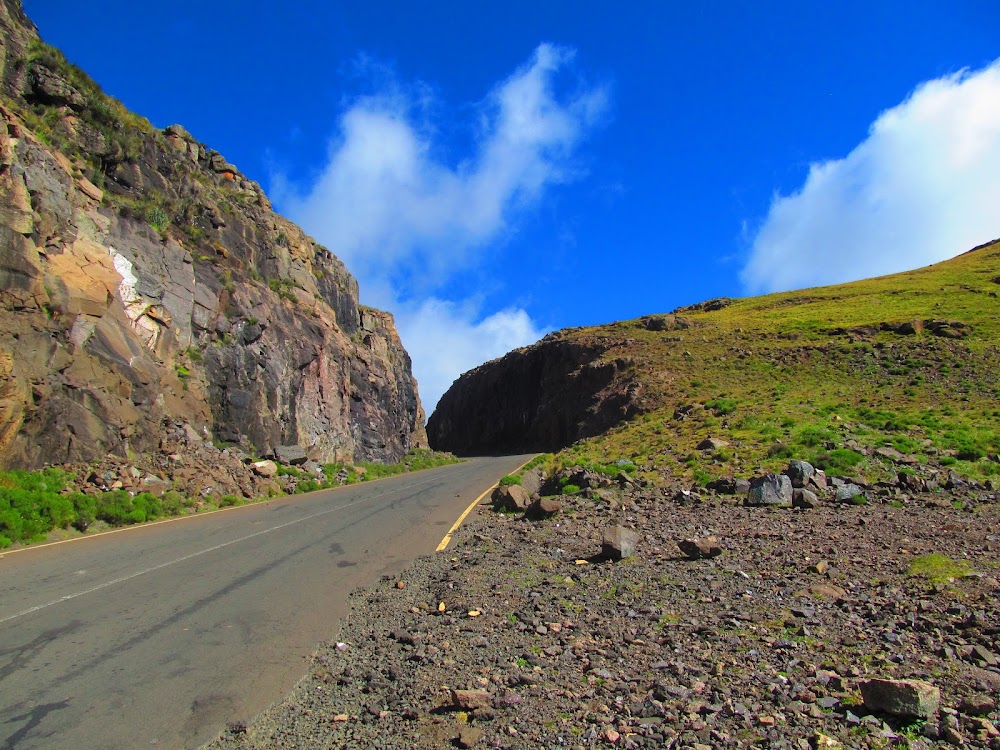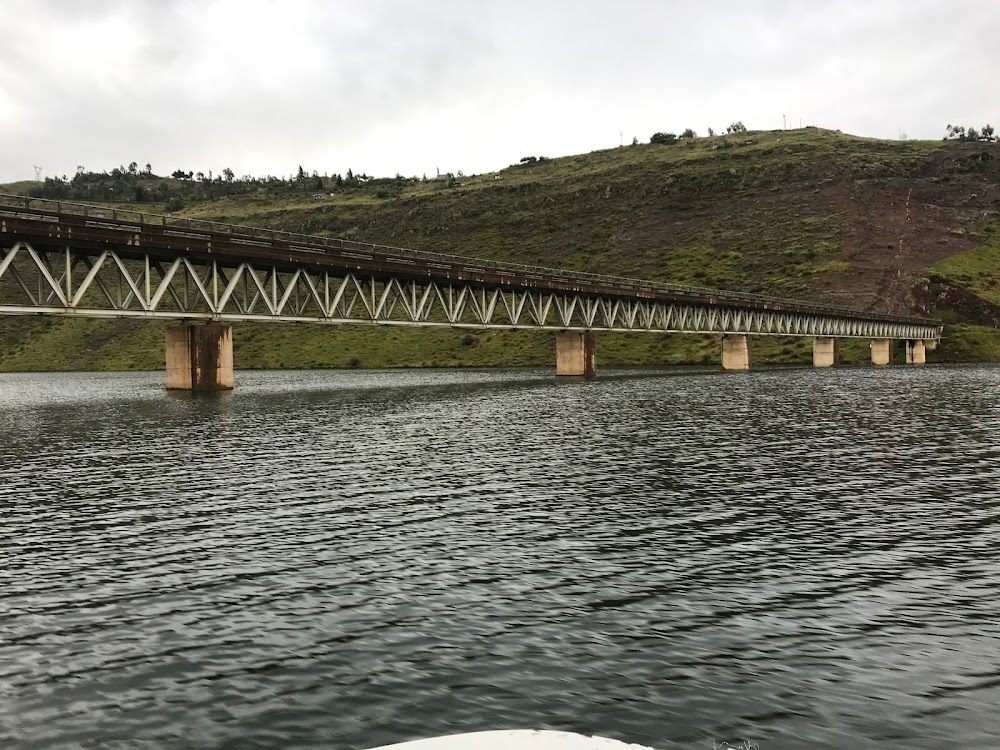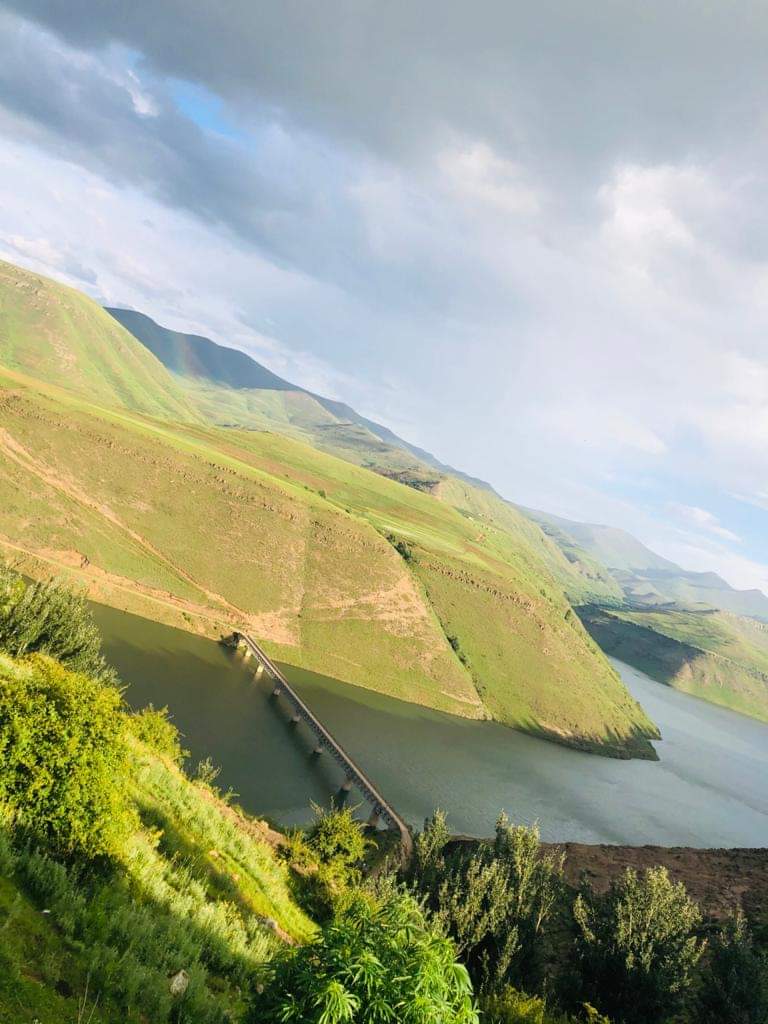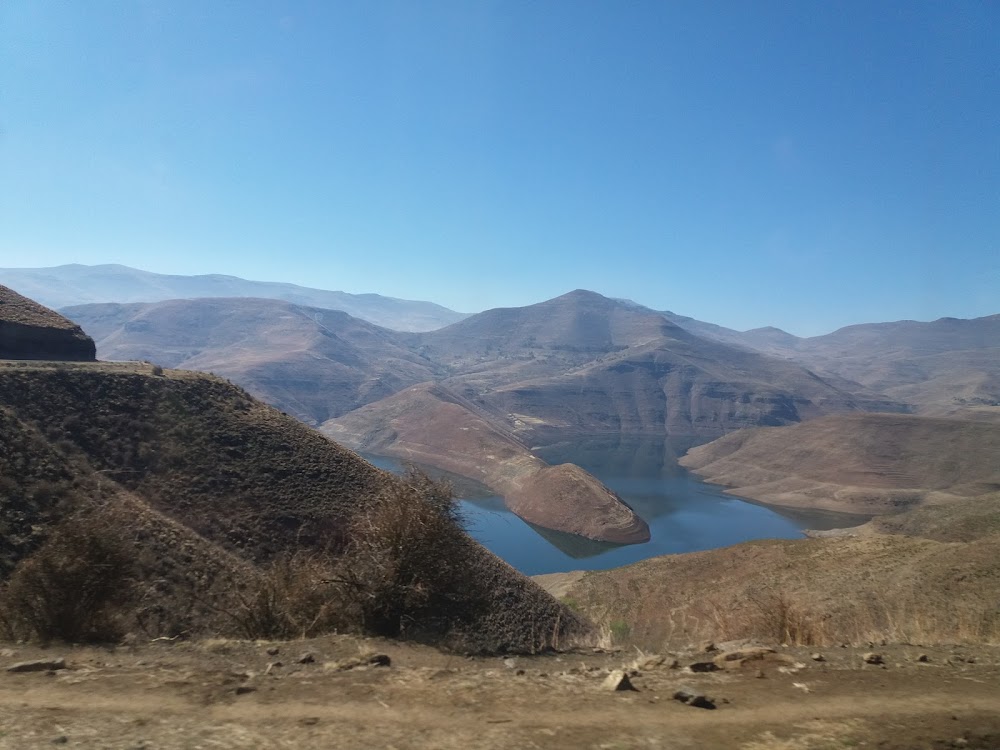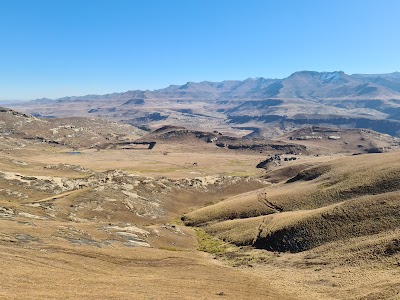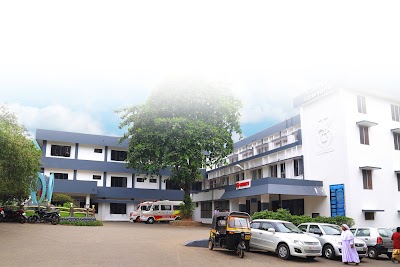Lejone Dam (Lejone Dam)
Overview
Lejone Dam is a stunning marvel located in the picturesque Leribe district of Lesotho, serving as a crucial pillar for water resource management and community development. The inception of this dam, much like other infrastructure projects in the country, stemmed from a pressing need to efficiently harness and manage Lesotho's invaluable water resources.
**Construction and Collaboration**
The construction of Lejone Dam began in the early 2000s, as part of a larger initiative aimed at enhancing water storage and supply in the region. Engineers and workers from both local and international backgrounds joined forces on this ambitious project, pooling their diverse expertise and knowledge. The strategic selection of Lejone as the dam's location capitalized on the area's natural topography, maximizing the reservoir's capacity.
**Engineering Excellence**
The dam itself is an earthen structure, a choice made for its cost-effectiveness and the availability of local materials. Earth and rock excavated from nearby sites were cleverly utilized to construct the dam's body, forming a robust barrier capable of retaining substantial volumes of water. The construction process was characterized by meticulous planning, with engineers conducting regular inspections and tests to ensure the dam's integrity throughout its development.
**Safety Features**
A standout feature of Lejone Dam is its thoughtfully designed spillway, which efficiently manages water overflow during periods of heavy rainfall. This essential component ensures the dam's safety and functionality even during extreme weather events. Crafted with precision, the spillway employs advanced hydraulic engineering principles to control water flow effectively.
**Community Impact**
The construction of the dam was not merely a technical feat; it also had significant social implications. It generated numerous job opportunities for local residents, thereby invigorating the community's economy. Local workers received training in various construction techniques, equipping them with skills that would benefit them long after the project’s completion. Additionally, local businesses thrived on the increased demand for goods and services during the construction phase.
**Environmental Stewardship**
Environmental considerations were paramount throughout the project. Efforts were made to minimize the ecological footprint of the dam, with initiatives designed to protect surrounding wildlife and vegetation. Environmental experts conducted comprehensive impact assessments and developed strategies to mitigate any adverse effects, ensuring that the dam could coexist harmoniously with its natural environment.
**Transformative Impact**
Upon completion, Lejone Dam dramatically transformed the region. It emerged as a vital water source, supporting agricultural activities, providing clean drinking water, and contributing to local hydropower generation. The reservoir created by the dam also became a hub for recreational activities, attracting visitors for boating, fishing, and picnicking, thereby promoting tourism in Leribe.
**A Symbol of Progress**
In summary, Lejone Dam stands as a testament to modern engineering and community collaboration in Lesotho. It illustrates how infrastructure projects can drive economic growth, skill development, and environmental sustainability. More than just a facility for managing water resources, the dam symbolizes hope and progress for the people of Leribe, embodying their aspirations for a brighter future.


